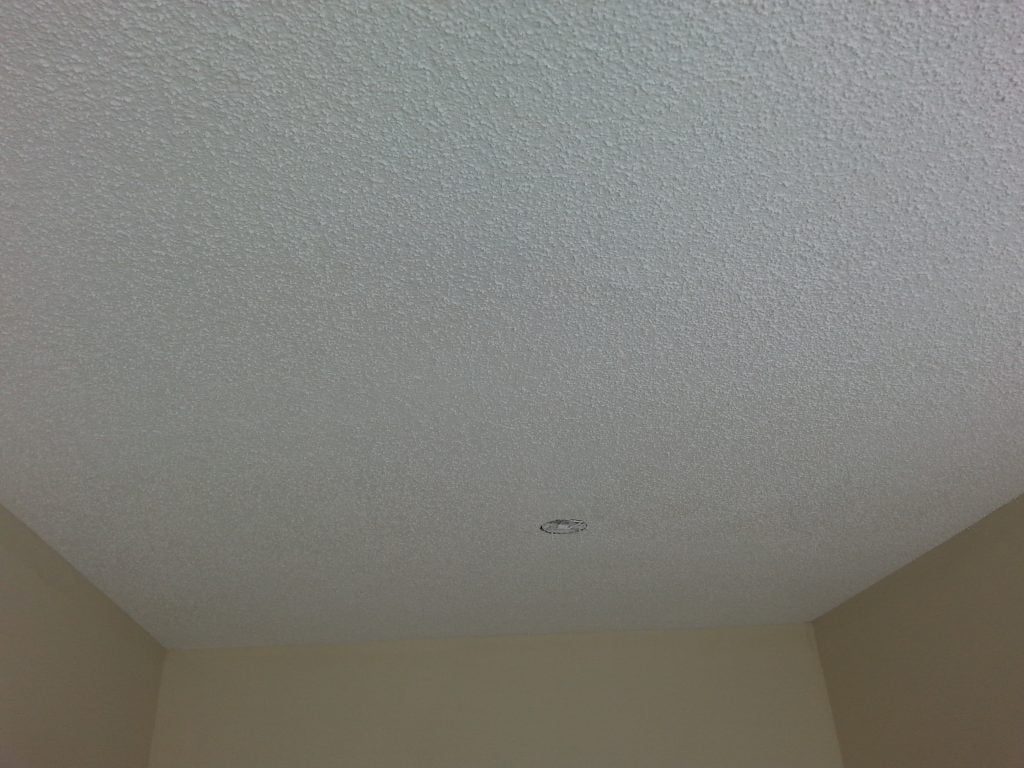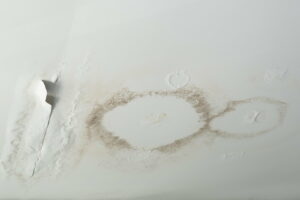Don't Let Wall Stains Linger - Best Practices For Checks And Repairs
Don't Let Wall Stains Linger - Best Practices For Checks And Repairs
Blog Article
Just how do you feel when it comes to How to Find and Repair Water Leaking in the Wall?

Water stains on wall surfaces are not pleasurable to the eyes. Often it seems almost unpreventable to experience water discolorations on walls in homes.
House owners living in humid areas continuously deal with the anxiety of water spots on wall surfaces. With all-around and also precise info on the reasons of water stains and also prompt fixing processes, you will certainly always be an action in advance of such incidents.
3 Usual Reasons For Water Discolorations on Walls
Unlike popular belief, water spots on walls do not always originate from poor structure materials. There are a number of sources of water stains on wall surfaces. These consist of:
Damp
When warm moist air consults with completely dry cold air, it triggers water beads to form on the walls of structures. This occurs in bathroom and kitchens when there is vapor from cooking or showers. The water beads can tarnish the surrounding walls in these parts of your house and also infect other areas.
Moist or condensation influences the roof and walls of structures. This causes them to appear darker than other locations of the residence. When the wall surface is wet, it creates an appropriate atmosphere for the development of germs and fungi. These might have damaging effects on health, such as allergies as well as respiratory system problems.
Poor Drainage
When making a building plan, it is important to make sure appropriate drain. This will certainly stop water from leaking right into the wall surfaces. Where the drain system is blocked or nonexistent, underground wetness develops. This links to excessive wetness that you see on the wall surfaces of your structure.
So, the leading root cause of damp walls, in this case, can be a poor water drainage system. It can additionally result from bad administration of sewage pipes that go through the structure.
Pipe Leaks
Many homes have a network of pipes within the wall surfaces. This makes sure that the pipes are well away from the reach of devastating rats. It always increases the viability of such pipelines, as there is little oxygen within the wall surfaces. This dissuades corrosion.
Yet, a downside to this is that water leak impacts the walls of the structure as well as causes prevalent damages. An indicator of faulty pipelines is the appearance of a water tarnish on the wall.
Pro Tip
A houseplant in your house additionally boosts its humidity. If the residence is already moist, you may desire to introduce houseplants with marginal transpiration. An example of ideal houseplants is succulents.
Water Spots on Wall Surface: Repair Work Tips
Homeowners would normally want a quick fix when taking care of water stains. Yet, they would quickly realize this is disadvantageous as the water stains persist. Below are a few valuable pointers that will assist you in the fixing of water stains on wall surfaces:
Verdict
Although no one wants to have water spots on walls in their house, it can occur to the most effective people. This post offers you utilize, as you currently recognize just how to handle this mishap if it does occur.
It is always best to recruit professional services to assist repair the damages in your home.
Often it appears nearly inevitable to experience water stains on walls in homes.
Contrary to popular belief, water stains on wall surfaces do not constantly stem from inadequate structure products. There are numerous reasons of water spots on walls. The water droplets can stain the surrounding walls in these parts of your residence and also spread to various other locations.
Right here are a few useful suggestions that will guide you in the repair of water discolorations on wall surfaces:
How to Remove Water Stains From Your Walls Without Repainting
The easy way to get water stains off walls
Water stains aren’t going to appear on tile; they need a more absorbent surface, which is why they show up on bare walls. Since your walls are probably painted, this presents a problem: How can you wash a wall without damaging it and risk needing to repait the entire room?
According to Igloo Surfaces, you should start gently and only increase the intensity of your cleaning methods if basic remedies don’t get the job done. Start with a simple solution of dish soap and warm water, at a ratio of about one to two. Use a cloth dipped in the mixture to apply the soapy water to your stain. Gently rub it in from the top down, then rinse with plain water and dry thoroughly with a hair dryer on a cool setting.
If that doesn’t work, fill a spray bottle with a mixture of vinegar, lemon juice, and baking soda. Shake it up and spray it on the stain. Leave it for about an hour, then use a damp cloth to rub it away. You may have to repeat this process a few times to get the stain all the way out, so do this when you have time for multiple hour-long soaking intervals.
How to get water stains out of wood
Maybe you have wood paneling or cabinets that are looking grody from water stains too, whether in your kitchen or bathroom. Per Better Homes and Gardens, you have a few options for removing water marks on your wooden surfaces.
You can let mayonnaise sit on your stain overnight, then wipe it away in the morning and polish your wood afterward. You can also mix equal parts vinegar and olive oil and apply to the stain with a cloth, wiping in the direction of the grain until the stain disappears. Afterward, wipe the surface down with a clean, dry cloth. Try placing an iron on a low heat setting over a cloth on top of the stain. Press it down for a few seconds and remove it to see if the stain is letting up, then try again until you’re satisfied. (Be advised that this works best for still-damp stains.) https://lifehacker.com/how-to-remove-water-stains-from-your-walls-without-repa-1849742925

I recently found that blog entry on How to Remove Water Stains from Walls and Ceilings when scouting around the web. Sharing is nice. You just don't know, you could be doing someone a favor. Thanks for your time spent reading it.
Schedule Now!
Report this page